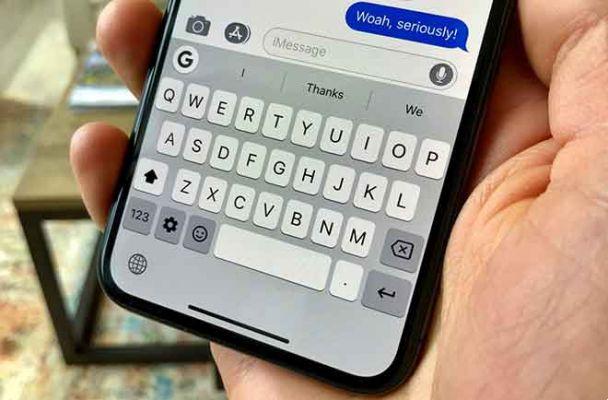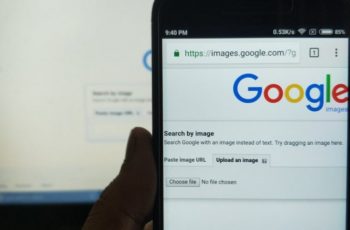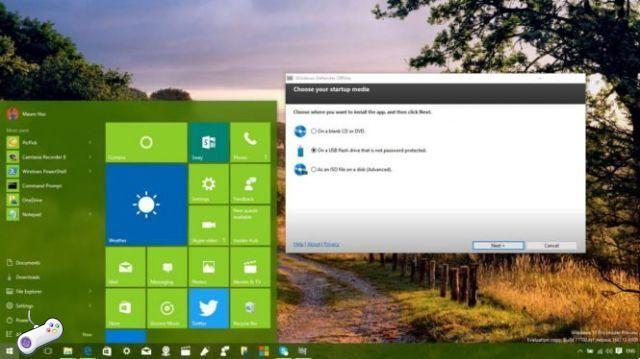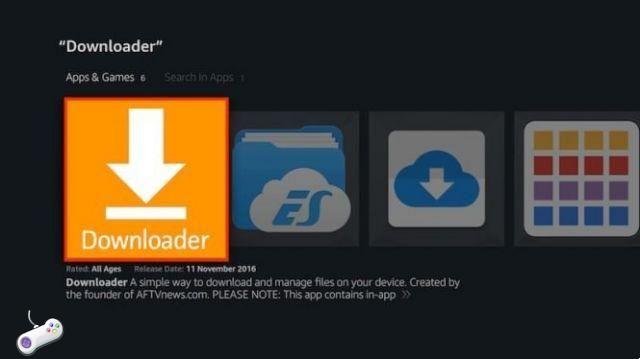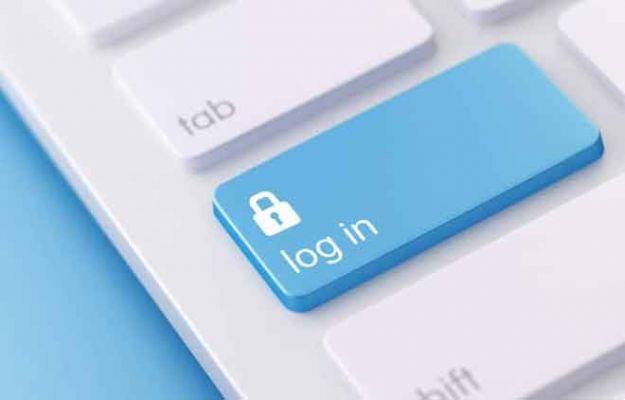
When you start your Windows PC, it is the user account name you see on the login screen. And for several reasons, you may want to change it to make it look personal or easily identifiable. It's possible you just entered your full name when installing Windows, or your IT technician misspelled it.
We must be absolutely clear with the fact that the user account name is not the same as a computer name. The computer name is the hardware device name (desktop or laptop), while the user account name is actually the Microsoft account name and is different. This means that you can create multiple user accounts and name them differently (for example, one for each family member) on the same computer. However, the Windows 10 computer name will remain the same for each user account. You can change the computer name later if you want.
This guide will cover all the ways to change only the user account name, not the computer name.
Note: There are two types of accounts. One is a Microsoft user account where the computer is connected to your Microsoft account ID and stays in sync with other connected devices. The other is a local account that works offline. We will cover both.
1. Change your Microsoft account name online
You can change the name of your Windows 10 computer on Microsoft's website, but only if you have connected the computer to it. If you are using a local account on your computer that works offline, this method will not work.
Step 1: go to your Microsoft account profile page and sign in. Click the Change Name option under your name to get started.
Step 2: you will need to fill in the captcha for verification. If necessary, you can also change other contact and profile details.
You will need to restart your computer to implement the changes.
2. Change the local account name from the control panel
Here's how to change your name from the Windows settings themselves.
Step 1: search for the Control Panel in the Start menu and open it.
Step 2: go to User Accounts> User Accounts and click Manage Another Account. You will see a list of all accounts. Click the name of the local account you want to rename.
Step 3: do click Change Account Name.
Step 4: enter the new user account name in the box provided and click the Change Name button to save the changes.
Restart to apply the changes and see the new name.
- Windows 10, how to free up space on C drive
3. Change the local and administrator account name using Netplwiz
This is a hidden settings file designed to manage user accounts in Windows 10.
Step 1: search for Netplwiz in the Start menu and open it. You can also open it using the Run command (Windows key + R).
Step 2: a list of all user accounts will be displayed, including administrator accounts. Select the user account whose name you want to change and click Properties.
You can change your account name, username and description. The same steps will also work for administrator accounts.
Click Apply to save the changes and restart to implement them.
4. Change the local account name to local users and groups
Step 1: Local users and groups can be opened from the Start menu or from the Run command by searching for the string lusrmgr.msc.
Step 2: do double-click the Users folder in the left window pane to see a list of all users. Now, double click on the user account name to open the Properties window and edit the name and description there.
Note: You will also notice hidden administrator and guest user accounts that were created when the Windows operating system was first installed. You can and should disable them for safety.
5. Change the local user account name using the command prompt
This trick is for experienced and passionate users who are familiar with Command Prompt.
Step 1: search for and open the command prompt (CMD) from the beginning by clicking Run as administrator.
Step 2: type the command below to find the local user account name.
wmic useraccount get fullname, name
Step 3: now, give the following command to change the name. Replace "old-name" with the name of the account you want to change and "new-name" with the name you want to give.
wmic useraccount where name="old-name" rename "new-name"
6. Change the local username account using PowerShell
PowerShell is the advanced version of CMD and will replace it in the future. For those who have moved on, here's how things work in PowerShell.
Step 1: use Windows key + X keyboard to open a hidden menu to find PowerShell or search for it in the Start menu. Always open with administrator rights to make system-wide changes.
Step 2: the first command will return a list of all local user account names. The second will change the user account name in Windows 10. Just like the previous step, replace "old name" and "new name" accordingly.
Get-LocalUser
Rename-LocalUser -Name "Current Name" -NewName "New Name"
Conclusion
These are the six different ways to change the user account name in Windows 10. You can use them to change the names for accounts created for offline purposes. Changing the name of the online user account connected to your Microsoft account is even easier.
Plus, you can do it from any computer by logging into your Microsoft account from a browser. This makes it really important to set up 2FA everywhere because your security can be at risk.
You should also enable Windows Hello on your computer, if supported, to ensure that no one else with physical access to your computer can log in and change things. As always, your safety is in your hands.




